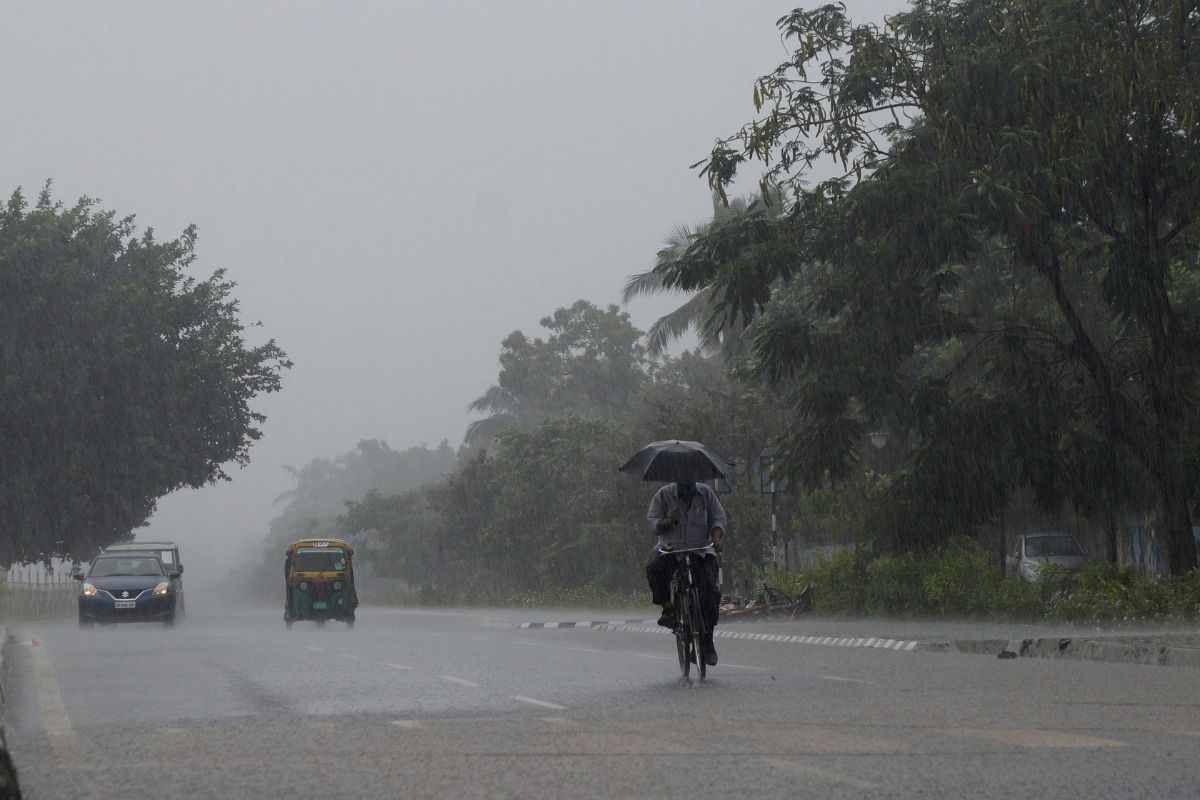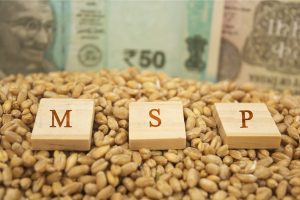August was one of the worst and least productive monsoon months ever, with rainfall in central India and the south Peninsular region being the lowest in 122 years since 1901, according to the India Meteorological Department (IMD).
The country as a whole received 162.7 mm of rain in August as opposed to the actual 254.9 mm. The nation’s mean and maximum average temperatures were the highest since 1901.
Advertisement
Monsoon break circumstances occurred twice in August: from 5 to 16 and from 27 to 31. It was extremely unfavorable for rain to fall across the plains because the monsoon trough was mostly north of its regular position. The August rainfall was negatively impacted as El Nino conditions began to intensify and as a result of the unfavorable Madden Julian Oscillation, according to IMD director general Mrutyunjay Mohapatra.
The Met Department chief remarked, “Precipitation in September is expected to be normal ranging between 91 and 109% of long period average (LPA),” when delivering the monthly rainfall and temperature forecast for September. Over large portions of northeast India, adjacent east India, the foothills of the Himalayas, and certain areas of east-central and south peninsular India, normal to above normal rainfall is most likely. The majority of the remaining portions of the country are probably experiencing below-average rainfall. The projection coincided with a drop in water reservoir levels.
Even though IMD anticipates normal rainfall in September, it could not be enough to make up for the 36% deficit in August alone and the 10% deficit from 1 June to 31 August. Even with the greatest number of 91-109% taken into account, the nation still needs roughly 22% of precipitation. Concerns about the kharif crops have been raised.
The effects of the unpredictable and uneven monsoons are already evident in kharif sowing. Overall Kharif sowing as of August 25 had barely topped that of the previous year. Pulses, where sowing is still in the red, will be the main pressure point. Low production could maintain high food inflation. According to Avni Jain, senior economist at HDFC Bank, we expect inflation to be 5.7% on average in FY24.
“While monsoon situation and the likely impact on inflation is a key risk, the government support measures like vegetable supply at subsidised prices, cut in LPG prices could ease off some pressure,” Jain continued.
















